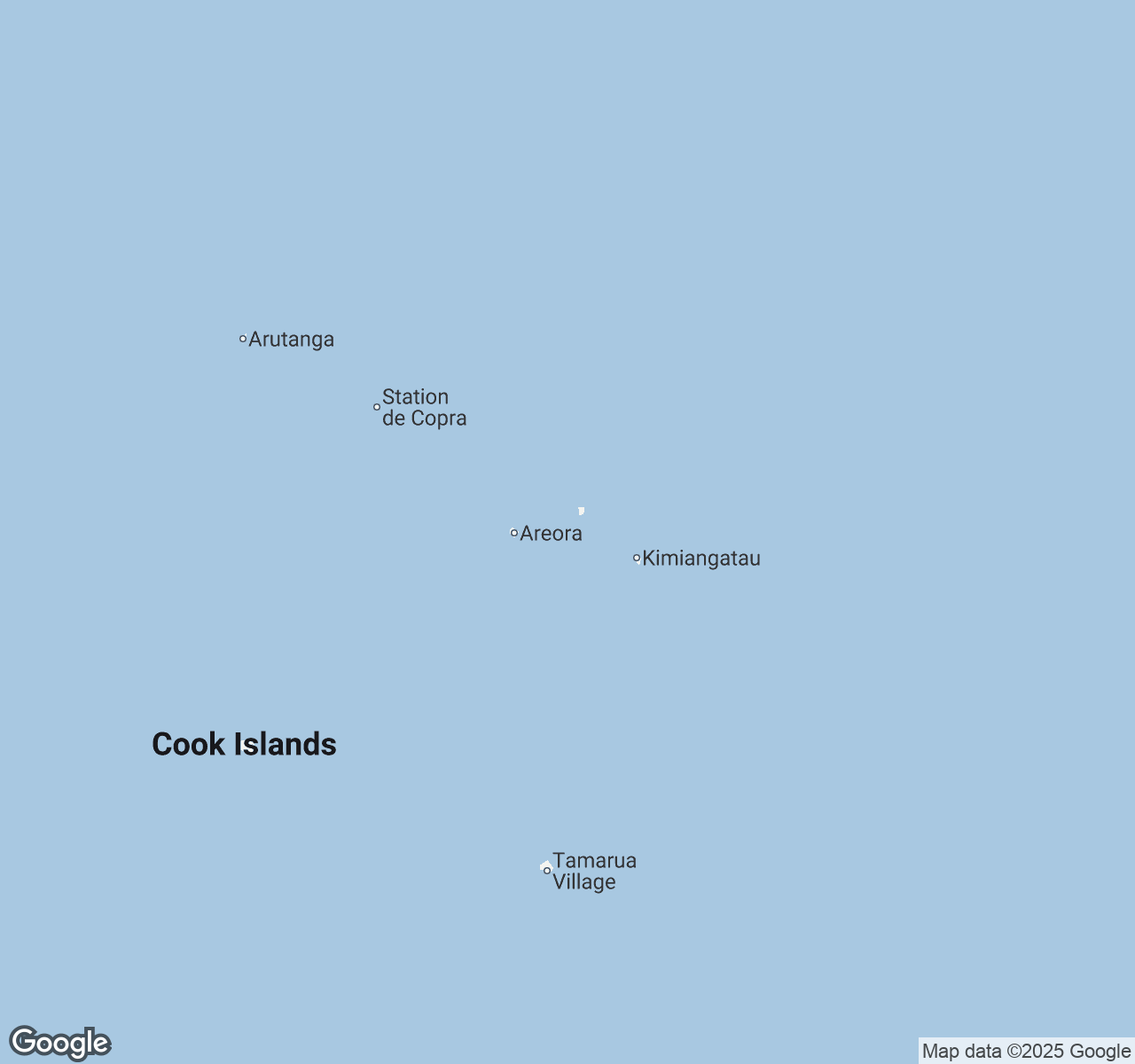
Things to Do in Cook Islands
Discover the best of Cook Islands
Plan Your Trip
Essential guides for timing and budgeting
Top Things to Do in Cook Islands
Discover the best activities and experiences. Book now with our trusted partners and enjoy hassle-free adventures.
Explore Destinations in Cook Islands
Your Guide to Cook Islands
About Cook Islands
Where turquoise lagoons mirror infinite skies and time moves to the gentle rhythm of trade winds through palm fronds, the Cook Islands emerge from the South Pacific like jewels scattered across velvet. Here, fifteen islands float in pristine isolation, each one a sanctuary where Polynesian culture pulses as busyly today as it did centuries ago. In Rarotonga's markets, the air thick with frangipani and fresh-caught fish, locals still speak in melodic Māori while children learn traditional dance steps their ancestors perfected. On Aitutaki's impossibly blue lagoon, where the water is so clear you can count fish from your overwater perch, moments stretch into eternities of pure tranquility. This is a place where genuine smiles aren't reserved for tourists but flow naturally from a culture that values community, respect, and the simple pleasure of island time. The Cook Islands don't just offer an escape—they offer a return to life's essential rhythms.
Travel Tips
Transportation: Rent a scooter for Rarotonga's coastal road (30km circuit in 45 minutes). Book inter-island flights with Air Rarotonga well in advance—only 3-4 weekly flights serve outer islands. Taxis don't use meters; agree on fares beforehand.
Money: Use New Zealand dollars or Cook Islands dollars (same value). ATMs limited outside Rarotonga and Aitutaki. Bring cash for outer islands, local markets, and many restaurants. Credit cards accepted mainly at resorts and larger establishments.
Cultural Respect: Cover shoulders and knees when visiting villages or attending church (mandatory on Sundays). Learn basic Māori greetings like 'Kia Orana' (hello). Don't touch someone's head—it's sacred in Polynesian culture. Sunday is rest day.
Food Safety: Try poisson cru (raw fish in coconut cream)—the national dish is safe when fresh. Drink bottled water on outer islands. Local fruits are safe; avoid shellfish during warmer months. Saturday morning markets offer freshest local produce.
When to Visit
The Cook Islands enjoy a tropical climate with two distinct seasons. The dry season (May-October) offers perfect conditions with temperatures of 20-26°C, minimal rainfall (50-100mm monthly), and constant trade winds. This is peak season with 40-60% higher accommodation rates, but ideal for diving, snorkeling, and outdoor activities. Book 3-6 months ahead for July-August. The wet season (November-April) brings higher temperatures (24-29°C), increased humidity, and heavier rainfall (200-300mm monthly), with cyclone risk January-March. However, this off-peak period offers 30-50% savings and fewer crowds. March-April and November provide the best compromise—warm weather with manageable rainfall and moderate prices. Key festivals include Te Maeva Nui (Constitution Celebrations) in late July/early August featuring traditional dancing, drumming, and cultural competitions. Vaka Eiva outrigger canoe racing occurs in November. For families, visit during school holidays (July-August, December-January) when kid-friendly activities peak. Divers should target April-May and September-November for optimal visibility. Budget travelers benefit most from February-April visits, avoiding both peak prices and cyclone season's worst weather.

Cook Islands location map